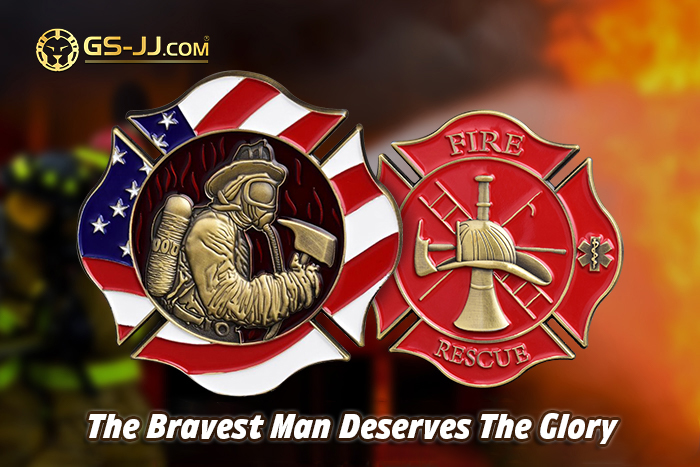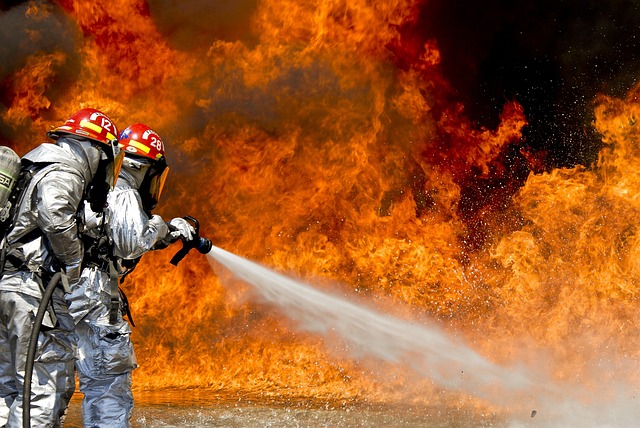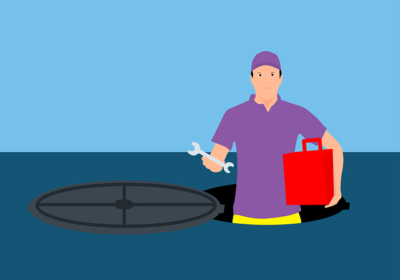Firefighters encounter death more than once during their careers. After all, your job is to save lives during disastrous situations. But it entails putting yourself at risk in the first place. You have to be super-lucky to get through these situations unscathed, even if you are the bravest and the best. Taking these threats for granted is the worst approach because it compounds the perils. Moreover, you may have a family to look after, so going complacent is not an option.
Firefighting is also one of the most dangerous professions in the US, and outstanding and brave firefighters deserve a challenge coin that symbolizes their beliefs to encourage their work. The firefighter challenge coins are not only a reward for them, but also urge them to be brave in their work and be cautious about the dangers and risks in their work.

While you cannot ditch work hazards altogether, you can take a few precautions to minimize them effectively. Moreover, knowing your legal rights puts you and your family in a good place if the worst happens. But most professionals fail to pay attention to these aspects because they are overly dedicated. However, you have to be more realistic to deal with the perils of your job better. Let us share some expert advice for firefighters dealing with daily hazards.
Know your rights as a worker
Although firefighters work in inherently dangerous work environments, they should still expect some safety standards from their employers. Not having them in place means risking your life and encountering survival issues during rescue missions. For example, your department must provide safe apparatus, proper PPE, and an uninterrupted water supply to keep you safe every time you are in the middle of a fire. It is also responsible for providing adequate safety training to ensure that employees are in a good place to handle hazardous situations.
Raise red flags
If you notice something amiss, be proactive with voicing concerns instead of waiting for a mishap. Not raising a red flag when necessary means leaving things to chance. You may not encounter a threat right away, but a mishap is likely to happen down the road when the department is not accountable for proper care. Remember that the authorities in your department must do their best to keep you safe, so you can ask questions and seek answers if they do not seem to do enough.
Think beyond the fire hazard
Although fire hazard is the most daunting threat for firefighters, it is not the only thing to worry about. You may face several other risks, such as falls and electrocution. Toxic exposure to firefighting foam can cause long-term illness. Being aware of these risks is crucial as it enables you to plan a strategy to deal with them. Caution and training can cut the threats of burns, falls, and electrocution. But you will need to collaborate with an AFFF law firm to claim compensation for toxin-related diseases. However, firefighters often miss out due to a lack of awareness, so you must think beyond the fire hazard.
Prioritize what is savable
Although firefighters are real-life heroes, they cannot always be saviors. Not all situations are savable, no matter how much you want to do as a rescue worker. You must assess the risks before diving in without a plan. Trying to do the impossible only worsens the situation, as you may end up risking yourself and your colleagues. Think of the ins and outs of the threats before planning your rescue mission. Even as every second counts, haste can endanger more lives instead of saving an asset that isn’t worth risking your life for.
Develop a survival strategy
Working in the firefighting department is about gaining expertise in rescue missions. But you must also develop a viable survival strategy to be safe and ensure safety for the victims of the mishap. After all, you cannot expect to save others by endangering yourself in the first place. Size up the situation, understand the perils before entering the place, and check the exit options first. Also, ensure proper communication with your team members so that you can help each other when necessary. Remember that every minute inside a burning building is a race against death, so you must try your best to exit it sooner than later.
Dealing with daily hazards in any job role is tough, but it is daunting for firefighting professionals who face more dangers than anyone else. The risks go beyond being in the middle of fire as you may encounter a fall mishap, get electrocuted, or bear the brunt of toxic exposure. But a strategic safety plan puts you in a good place to deal with these threats. Moreover, it boosts your confidence and morale when dealing with workplace threats. Follow these tips to stay ahead of hazards and give your best as a firefighter.









